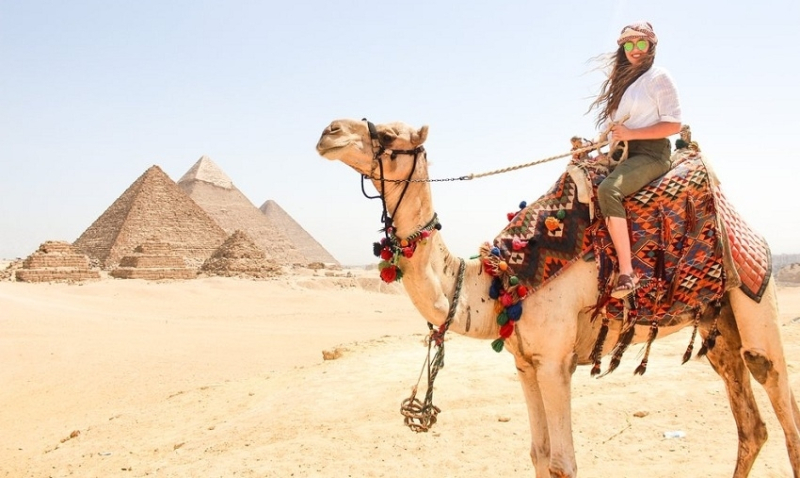- Home
- Egypt Blogger
- Egypt Tour Frequently Asked Questions
- Everything About Camels

- On 06 Oct 2025
- In Egypt Tour Frequently Asked Questions
- Tags Everything About Camels
Everything About Camels
Everything About Camels
When you think of Egypt, chances are that camels come to mind — wandering around the pyramids, carrying travelers across the desert, and symbolizing ancient trade routes. While camels are no longer the main mode of transportation for Egyptians, they remain a big part of the cultural and tourism experience. If you're considering camel riding in Egypt, this guide is for you.
Let’s explore everything about camels, their role in Egyptian history, and tips for having a safe and memorable camel ride.
A Quick History of Camels in Egypt
Camels, often called the "ships of the desert," were introduced to Egypt around the 5th century BCE. For centuries, they were essential for travel, trade, and survival in harsh desert climates.
Today, while cars and buses dominate city life, camels are still used in desert communities and remain a popular attraction for tourists — especially around the Giza Pyramids, Luxor, Aswan, and Sinai.
Where to Try Camel Riding in Egypt
If you’re interested in camel riding in Egypt, here are the top spots to try this unique experience:
1. The Giza Plateau (Cairo)
Ride a camel with the Great Pyramids of Giza as your backdrop — one of the most iconic photo opportunities in the world.
2. Luxor’s West Bank
Explore the desert terrain and ancient temples from a new perspective.
3. Aswan & Nubian Villages
Enjoy a more peaceful and culturally immersive camel ride in the scenic areas around Aswan.
4. Sinai Desert (Near Sharm El Sheikh & Dahab)
Join a camel safari with Bedouins through stunning desert landscapes, especially at sunset.
What to Expect During Camel Riding in Egypt
Camel riding is an unforgettable experience — but it helps to know what to expect:
Mounting the Camel: Camels stand up in stages — first back legs, then front — so hold on tight and lean back!
Saddle Comfort: Saddles can be basic. Wearing long pants is recommended to avoid discomfort.
Duration: Rides can be as short as 15 minutes (for photos) or several hours (for full desert tours).
Photography: Bring your phone or camera — the views are unbeatable.
Pro Tip: Always agree on the price before the ride to avoid confusion or being overcharged.
Is Camel Riding Safe?
Yes, camel riding in Egypt is generally safe, especially in tourist-designated areas where handlers are experienced. However:
Choose a licensed or reputable tour operator.
Don’t force yourself if you’re uncomfortable with animals.
Children should always ride with supervision.
Pregnant women or those with back issues should consult a doctor first.
Ethical Considerations
Like any animal-related activity, it's important to choose ethical operators. Here are a few tips:
The camel should look healthy and well-fed.
Avoid camels that appear injured, overworked, or mistreated.
Do not ride camels in extremely hot conditions (midday in summer).
You can also ask your hotel or tour guide to recommend trusted handlers who follow animal welfare guidelines.
What to Wear and Bring for Camel Riding
Long pants and closed-toe shoes
Sunscreen, hat, and sunglasses
Water bottle – stay hydrated!
Camera or smartphone (but hold on tight!)
Fun Camel Facts
Camels can survive up to 10 days without water.
They have thick eyelashes to protect against sand.
A camel’s average walking speed is 5 km/h, but they can run up to 65 km/h!
Final Thoughts: Is Camel Riding in Egypt Worth It?
Absolutely! Camel riding in Egypt isn’t just a fun tourist activity — it’s a way to connect with the region’s ancient traditions, see breathtaking landscapes, and create memories that will last a lifetime.
Whether you’re riding through the sands of Giza or trekking with Bedouins in Sinai, you’ll quickly understand why camels have been such trusted companions for centuries.
